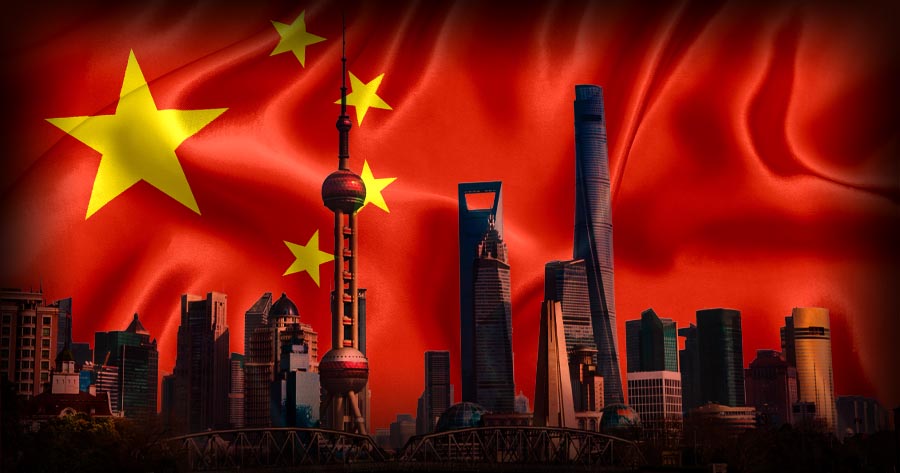Factory Floors Feeling the Squeeze: China's Industrial Pulse Weakens Under Global Trade Tensions

China's Manufacturing Sector Shows Resilient Growth in January 2025
In a promising start to the year, China's manufacturing sector demonstrated subtle yet significant signs of expansion, according to the latest Caixin/S&P Global manufacturing Purchasing Managers' Index (PMI). The index marginally surpassed the critical 50-point threshold, registering at 50.1 in January 2025, signaling a modest but encouraging recovery in industrial activity.
This slight uptick above the 50-point mark—which separates economic expansion from contraction—suggests that manufacturers are cautiously optimistic about the economic landscape. The reading indicates a gentle improvement in production, new orders, and overall business conditions, hinting at potential stabilization in China's industrial sector.
Economists and market analysts will be closely monitoring subsequent months to determine whether this modest growth represents the beginning of a more robust economic recovery or merely a temporary fluctuation. The nuanced PMI result provides an intriguing snapshot of China's ongoing economic transformation and resilience.

